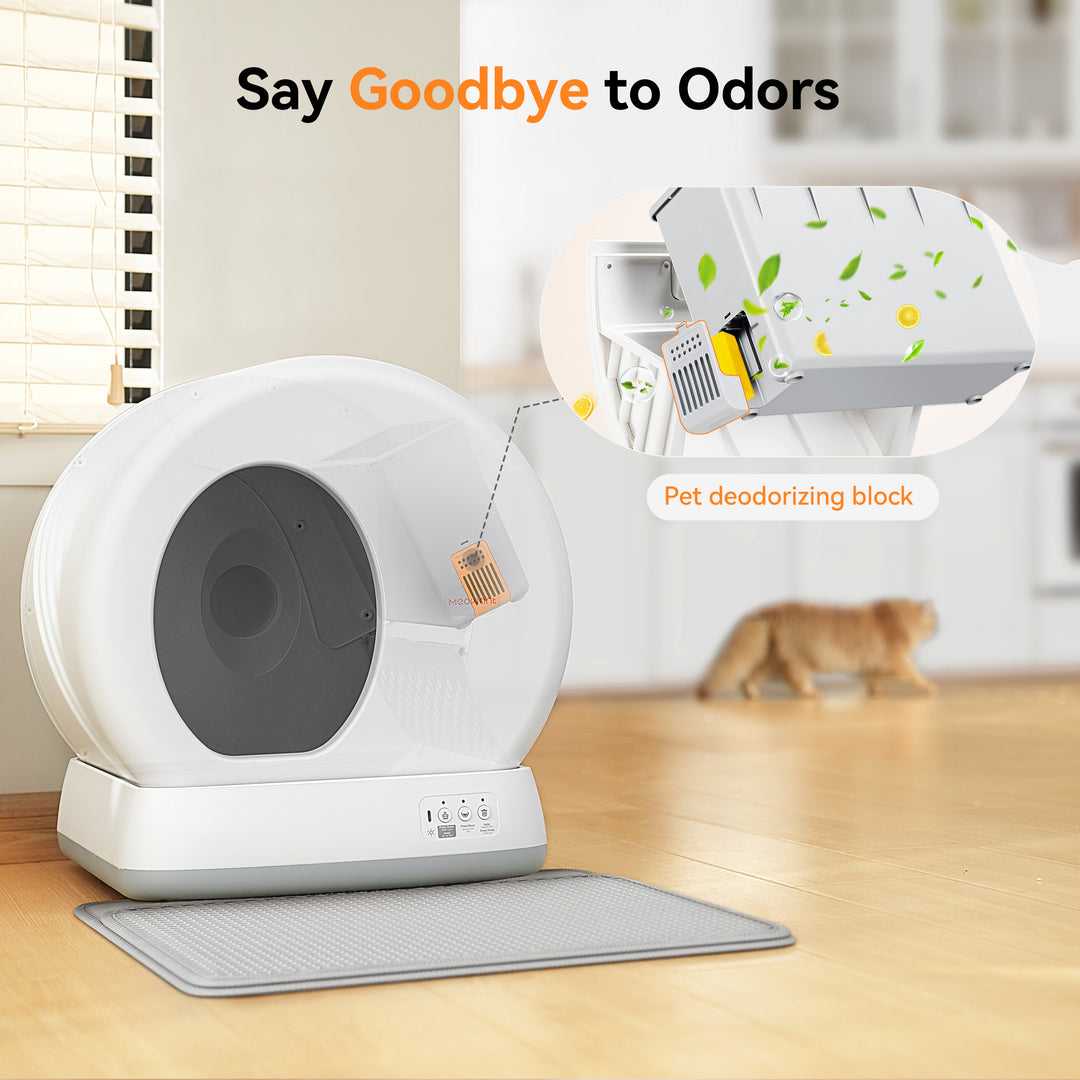Unlock the Secret to the Perfect Litter Box: Your Ultimate Guide to Feline Happiness!
For cat owners, the litter box is more than just a necessity—it's a vital component of your feline friend's home life. Understanding what a litter box is and how it functions can significantly enhance your cat's happiness and health. In this guide, we will explore the various aspects of litter boxes, including how to choose the right one based on your cat's unique needs, tips for proper installation, and best practices for maintenance. Whether you're a first-time cat owner or a seasoned feline aficionado, this comprehensive guide will equip you with the knowledge to ensure your kitty's litter box experience is as pleasant as possible.

Understanding the Litter Box
A litter box is a designated space where cats can relieve themselves, filled with a material known as cat litter that absorbs moisture and masks odors. The primary purpose of a litter box is to provide a safe and sanitary environment for your cat to do its business, which is essential for both their physical and emotional well-being. There are several types of litter boxes available on the market, including covered boxes, open boxes, self-cleaning models, and even high-sided versions for larger cats. Each type serves a unique purpose, allowing you to choose one that best fits your cat's habits and your personal preferences. For instance, a friend of mine has two cats who prefer an open box, as they feel more comfortable without a lid. Understanding the options available is the first step in creating the perfect setup for your furry friend.
Choosing the Right Litter Box
Selecting the appropriate litter box is crucial to ensuring your cat's comfort and willingness to use it. When choosing a litter box, consider your cat's size, age, and behavior. For larger breeds, a spacious box will prevent overcrowding, while kittens may benefit from a low-sided entry for easy access. The shape of the box is also important; some cats prefer rectangular boxes, while others may feel more secure in a rounded one. Features such as a lid can provide privacy but might deter cats who prefer an open space. Additionally, consider your cat's digging habits. If your feline friend loves to dig, a higher-sided box can help contain the litter. My neighbor once bought a self-cleaning box, thinking it would save her time, but her cat refused to use it! This just goes to show how essential it is to consider your cat's preferences when making your choice.
Installation Tips for Your Litter Box
Once you've chosen the perfect litter box, the next step is installation. The placement of the litter box is critical; it should be located in a quiet, easily accessible area where your cat feels safe. Avoid placing the box near their food or water bowls, as this can discourage use. A secluded corner of a room or a bathroom often makes an ideal spot. It's also essential to keep the environment clean and safe for your cat. If you have multiple cats, consider having one litter box per cat, plus one extra, to reduce territorial disputes. My friend learned this the hard way when she had two cats that refused to share a box and ended up having accidents around the house. Ensuring the litter box is positioned correctly sets the stage for a positive experience for your cat.
Maintenance and Cleaning of the Litter Box
Maintaining a clean litter box is paramount for your cat's health and happiness. Daily cleaning routines should include scooping out clumps of waste and adding fresh litter as needed. This not only keeps the box odor-free but also encourages your cat to use it consistently. Additionally, it's advisable to perform a thorough cleaning of the litter box weekly by emptying it completely, washing it with mild soap and water, and replacing the old litter with fresh material. This deep clean helps eliminate any lingering odors and bacteria that could impact your cat's health. A clean litter box can significantly reduce the chances of urinary tract infections and behavioral issues related to unclean environments. One of my friends swears by a routine where she cleans the litter box every morning—her cat seems much happier and more willing to use it, proving that hygiene truly matters.
Key Takeaways for Litter Box Management
In summary, understanding and properly managing your cat's litter box is essential for their overall well-being. From selecting the right type of box to ensuring it's appropriately installed and maintained, every step contributes to a happier feline companion. By implementing the tips discussed in this guide, you are not only creating a comfortable environment for your cat but also fostering a stronger bond between you and your furry friend. Remember, a clean and well-placed litter box is key to a happy cat.








